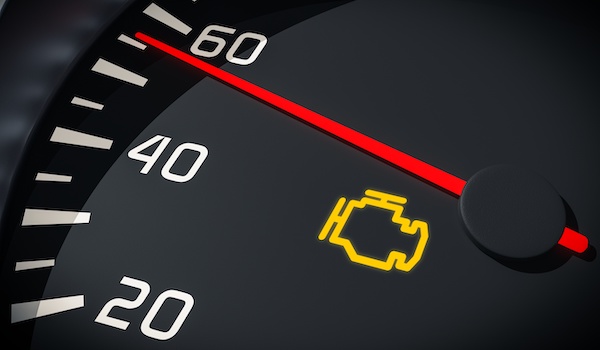
Seeing the check engine light on your vehicle’s dashboard can turn a good day into a bad day. The check engine light (CEL) can mean many things from minor to serious. In most cases, it is not the end for your vehicle. There are literally hundreds of reasons why the check engine light can be triggered. With that being said, we are going to discuss some of the most common explanations for your CEL to appear and what to do when you notice it on your dashboard.
According to cars.com, the check engine light is a signal from a vehicle’s onboard diagnostics system that illuminates when it has read an error in the emissions, ignition, fuel, or exhaust systems.
Common Triggers for Check Engine Lights
- Failing Oxygen Sensor
- Loose or Missing Gas Cap
- Bad Catalytic Converter
- Faulty Mass Air Flow Sensor
- Worn Spark Plugs
Is Your Check Engine Light Flashing?
Having said all that, it is important you understand the steps to take following the detection of a check engine light. If your check engine light is flashing, it is imperative that you stop driving immediately. You should turn off your engine and call for a tow if necessary. Otherwise, driving in this condition can cause irreversible engine damage.
But if the check engine warning light is steadily on, you may continue driving for a very short period of time. Nevertheless, please contact the team at Marc Younts Tire & Automotive as soon as possible. Our experienced team can detect and pinpoint CEL-related issues with ease, using the very best tools and applying our knowledge and expertise.
At Marc Younts Tire & Automotive, we can repair any problem, including the toughest check engine light problems. We invite you to our auto repair shop today!